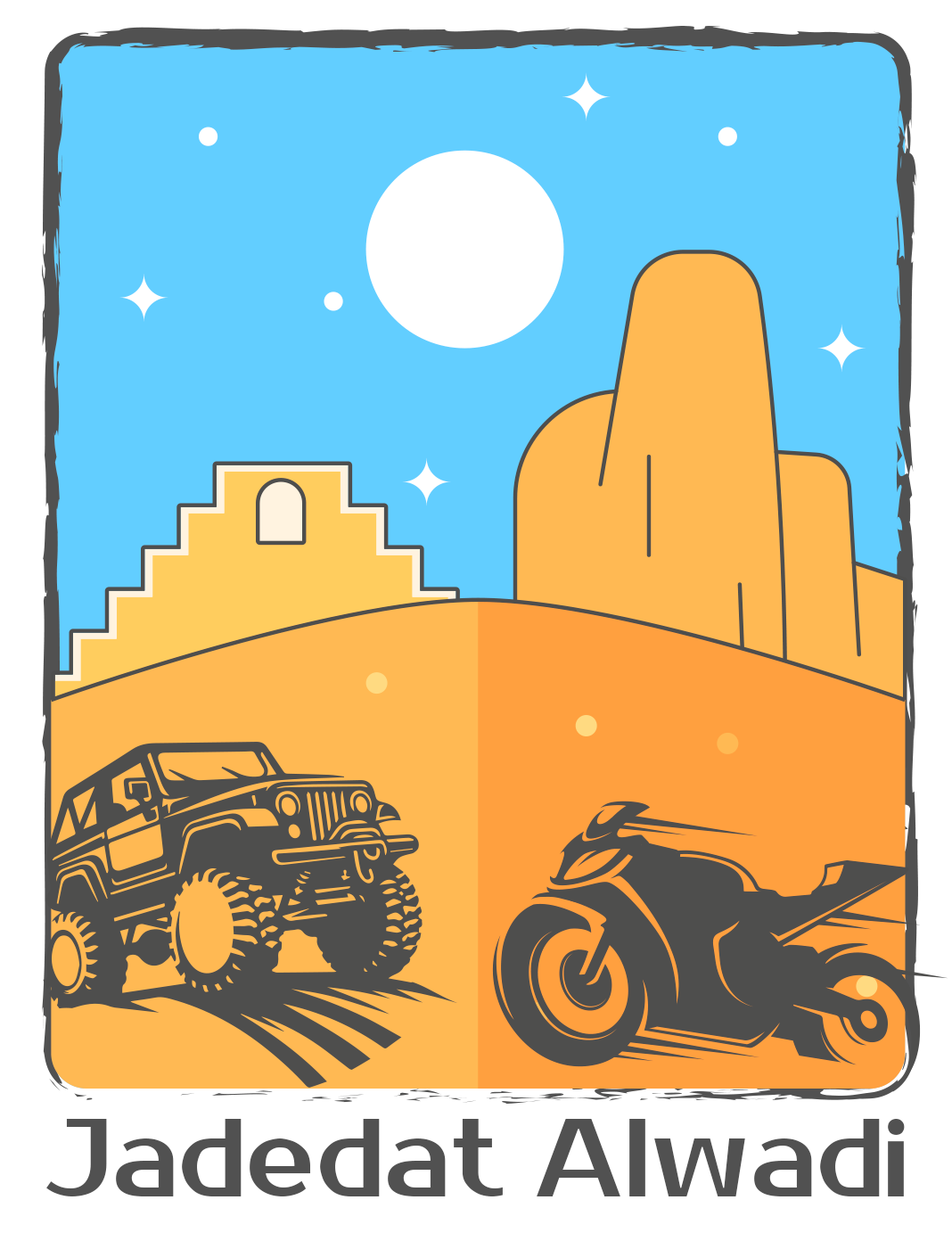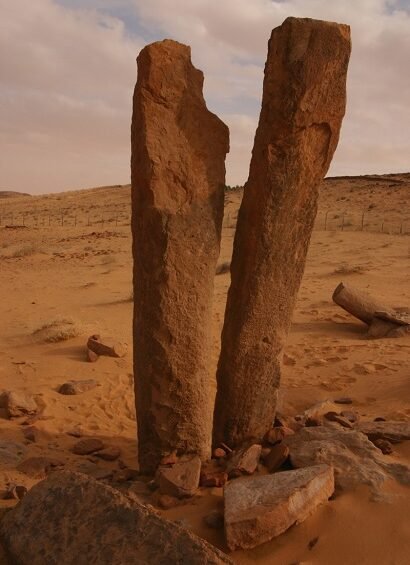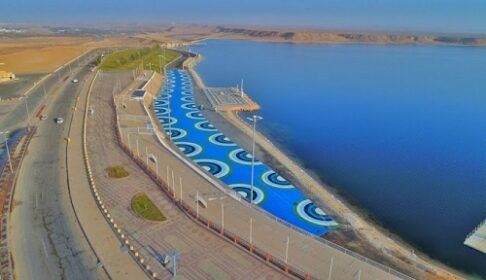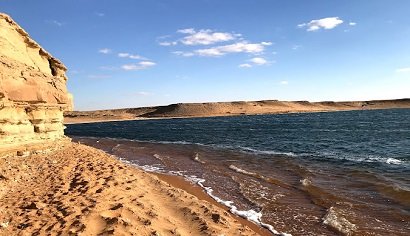Al_Rajajil Columns
Rajajil Columns is an archaeological site located in the Kingdom of Saudi Arabia, in the Al-Jawf region, in the Qara suburb, south of Sakaka specifically, between a group of farms there, and on a low plateau for thousands of years. The Rajajil Columns site is considered one of the oldest archaeological sites in Al-Jawf, and consists of fifty groups of stone columns, called Rajajil, in addition to a number of stone columns that were carved from sandstone. The number of these columns ranges from three to seven columns, and in general, the height of the Rajajil or columns may exceed three meters, while their thickness is approximately sixty centimeters, while there are some demolished columns on the floors of the site
GENERAL PRICE :
Price : 137 $ for Adult (18+ years)
Price : 127 $ Youth (13-17 years) $
price : free for Children (0-12 years)










